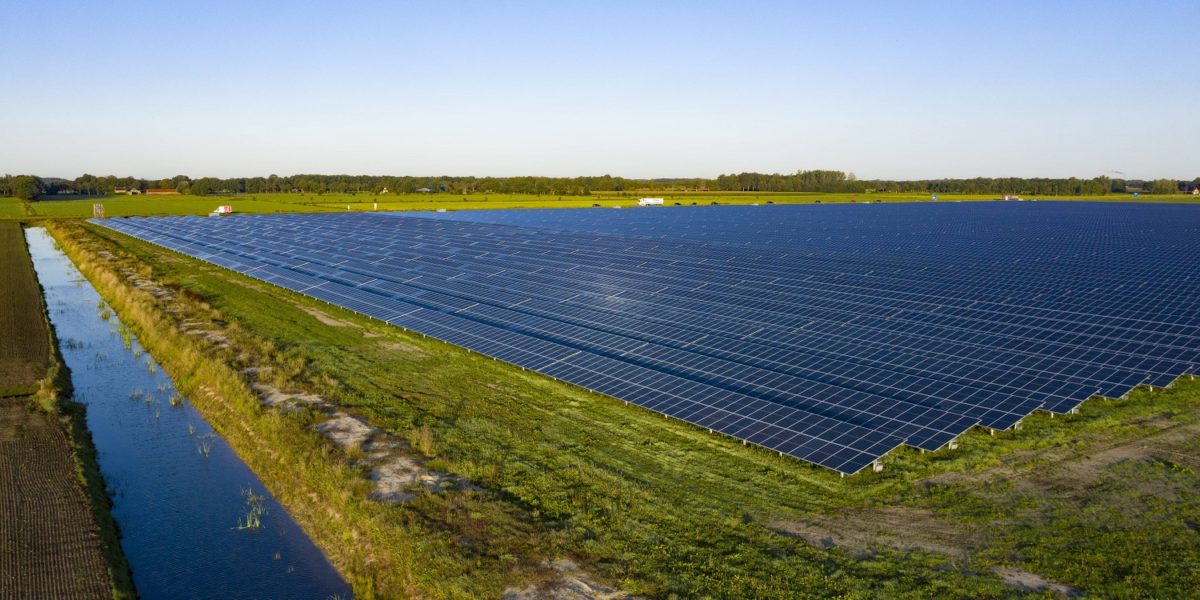From pv magazine Germany.
Groenleven, the Dutch unit of German renewable energy company BayWa r.e., and the Netherlands’ largest utility, Liander, are planning to build a solar-powered hydrogen project in Oosterwolde, in the east of the northeastern region of Friesland.
The pilot project will consist of a 50 MW solar park connected to an electrolyzer. The aim is testing to what extent a hydrogen electrolyzer can follow the generation profile of a solar plant. Experts from the two companies will analyze how the local and flexible load of an electrolyzer can be used to avoid network overloads and to minimize the need to expand the network for new photovoltaic or wind power plants. They will also investigate the optimal performance ratio between an electrolyzer and a solar park.
According to Baywa re, the intelligent use of electrolyzers could, in addition to relieving the load on the grid, enable the installation of more renewable energy systems. “This hydrogen pilot project will be one of the first to be fed by an adjacent solar park and optimized to minimize grid problems,” said Manfred Groh, from Baywa re.
Alliander is particularly interested in experience with the use of an electrolyzer in terms of control, controllability and safety. In addition, it should be clarified how the entire hydrogen chain works, which agreements must be made with those involved and which laws and regulations are necessary. Alliander expects the plant to go into operation in mid-2021.
Dutch transmission system operator Enexis, natural gas infrastructure company Gasunie and oil firm Nederlandse Aardolie Maatschappij BV (NAM) began considering using excess solar power generation capacity in the northeastern Netherlands for hydrogen production in late 2019.
Liander recently reported that congestion on its medium-voltage network is increasing due to rapidly growing demand from solar projects, data centers, and other energy-intensive industries, such as the greenhouse horticulture sector.
This content is protected by copyright and may not be reused. If you want to cooperate with us and would like to reuse some of our content, please contact: editors@pv-magazine.com.



The next couple of years will see adoption of vast amounts of solar powered installations. With the need for rebuilding our infrastructure will be the ideal time to integrate solar along our highways and on our central business districts. We need to focus on installing solar where electric power can replace and expand without using farm land (except where it can be compatible with crops). The point is to place solar where electric power is being used.
What is the need to link a olar System producing electrcity (50MW in this case) to a Urility Size Electrolyser… is the Electricity any different than from a “regular grid”…. that this “linking” is needed.
ANY Electrolyser should be able to use the Electrons, aka Electricity, from ANY Grid Source and the Solar System supply any Electrolyser or for that matter ANY Electrical Load too.
In my over 50 years of Professional Electrical (Power) Engineering Etxperience have I seen a need to link a Generating Plant to another Specific Facility…. specially a Utility Grid Electrolyser.
My understanding of the Electric Grid is that it is a Push-n-Pull System…. when Power Generators Push Electricity in the Grid…. and the Consumer pulls from it….. just based on logistical location…